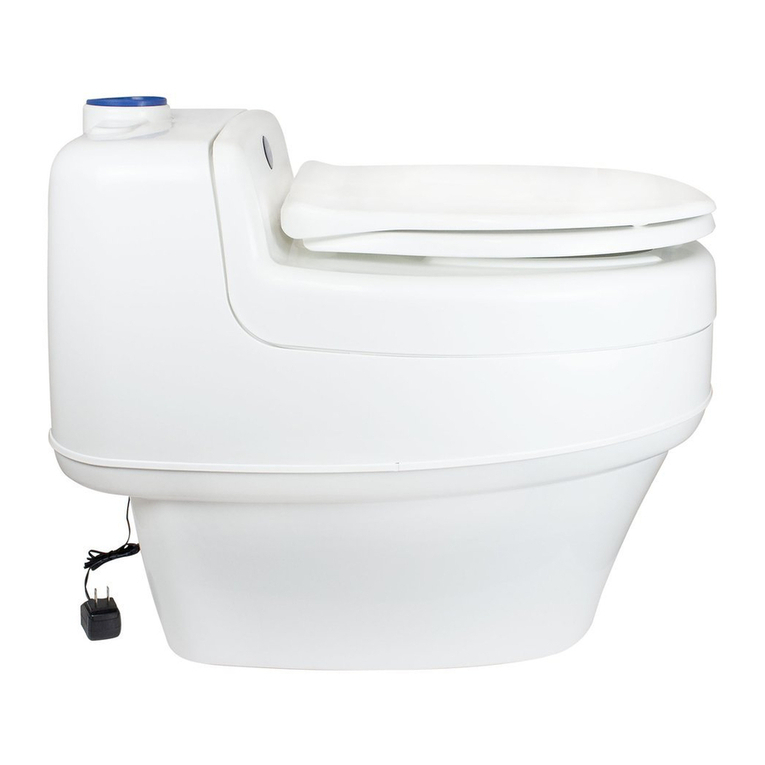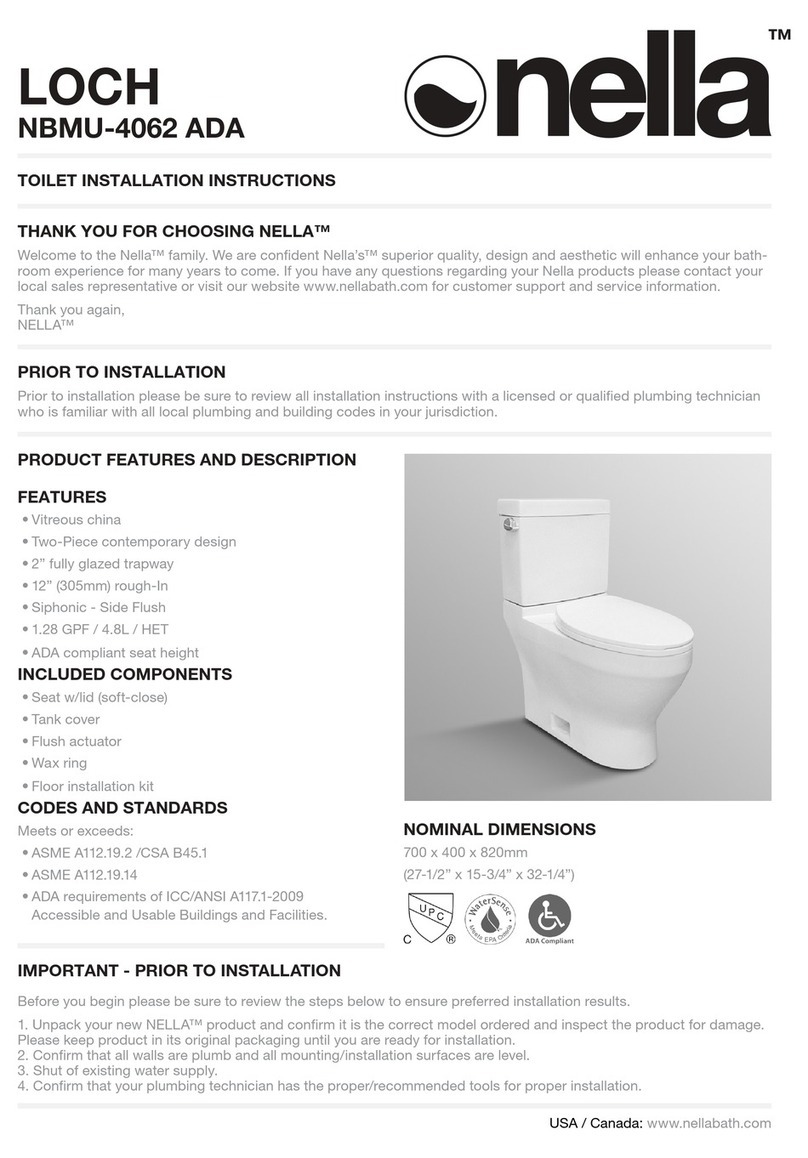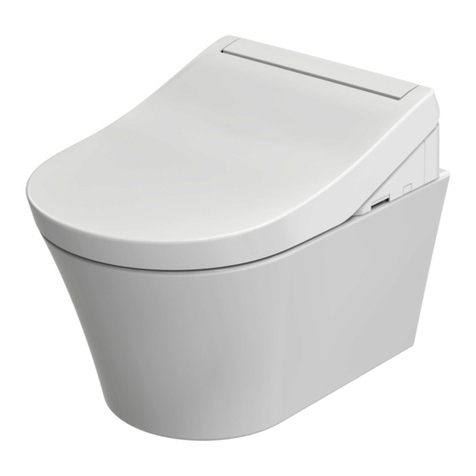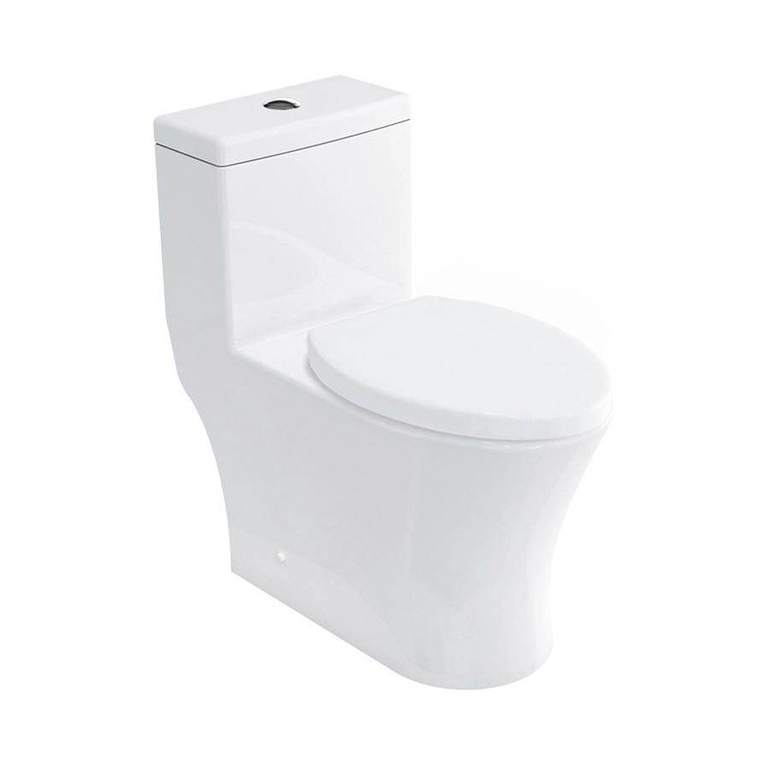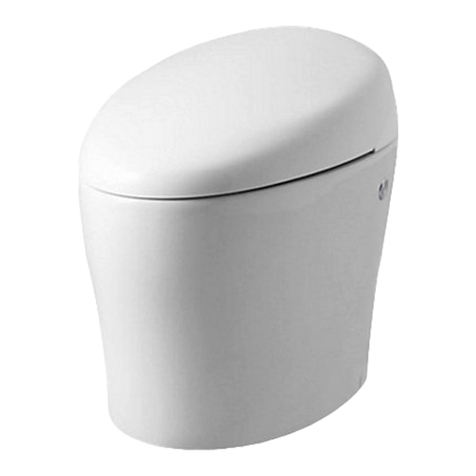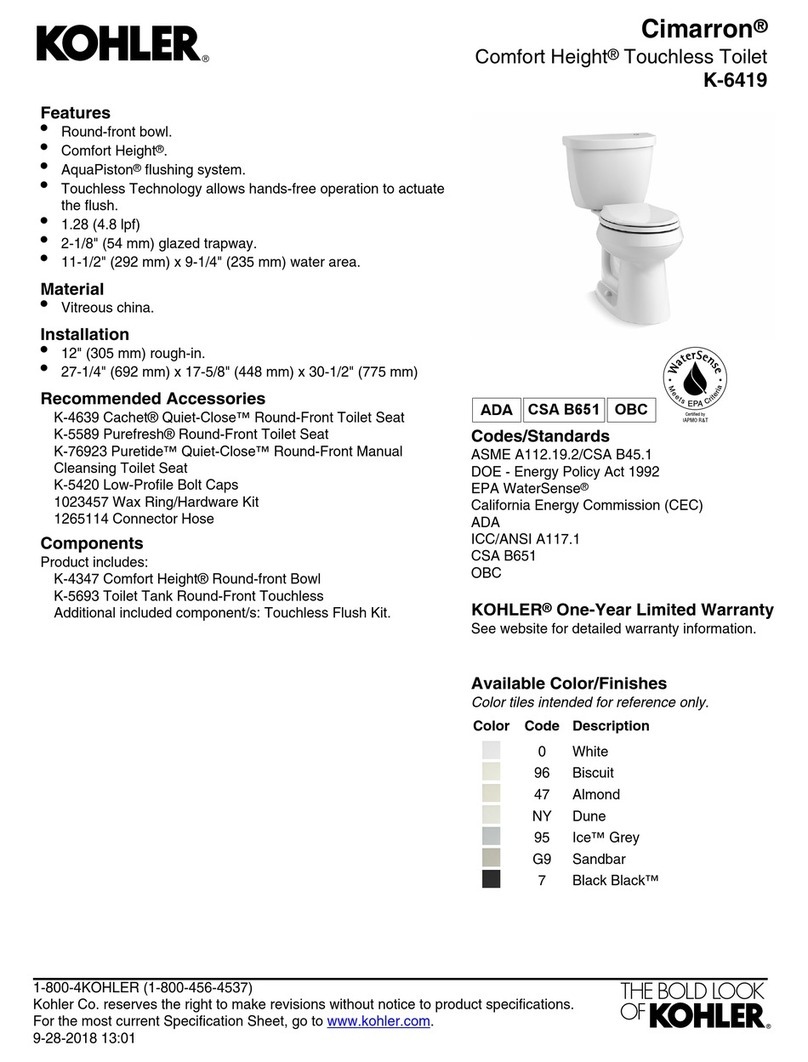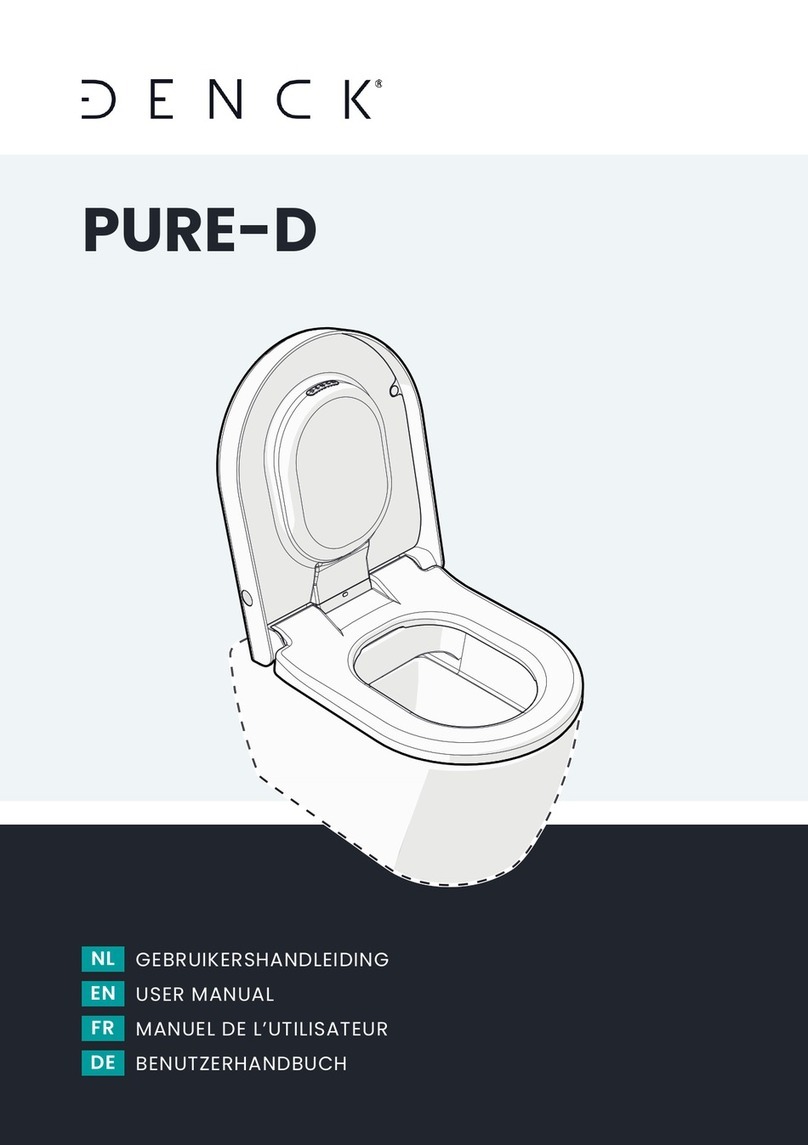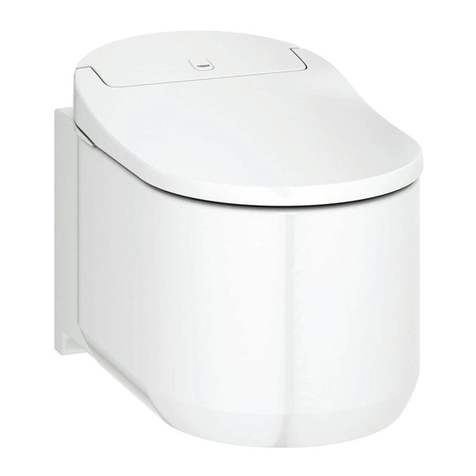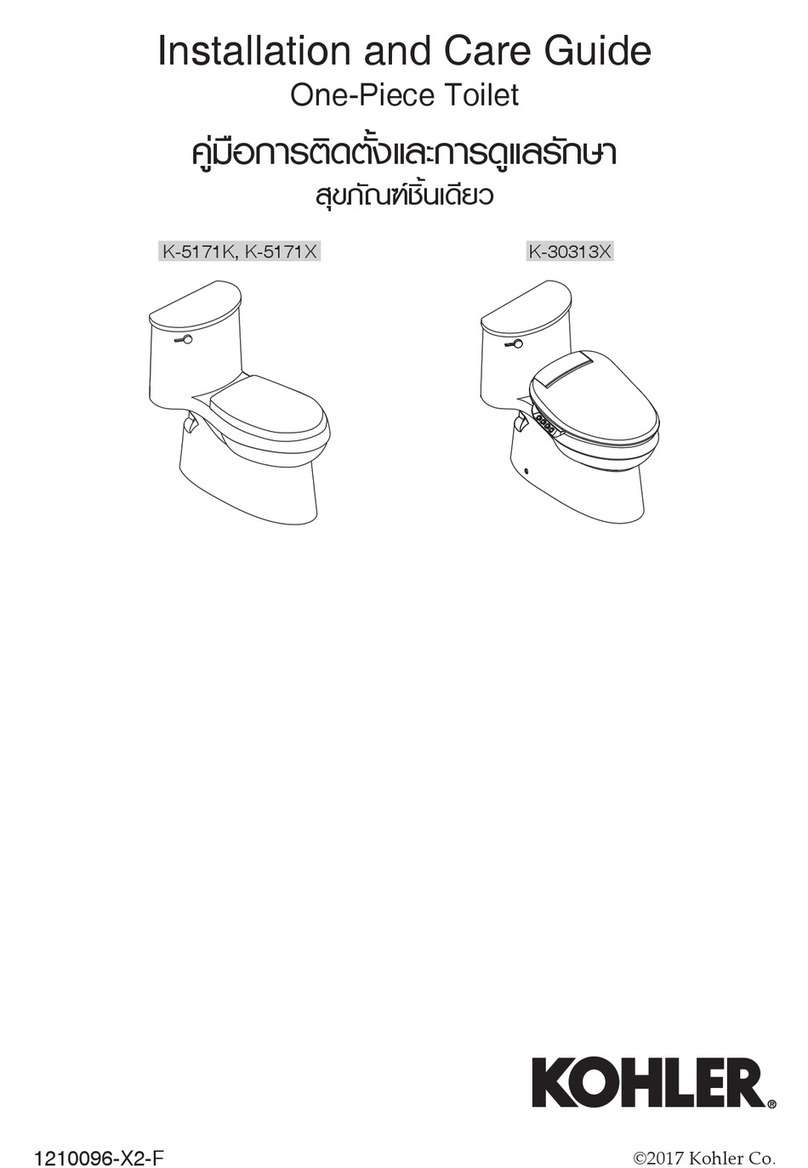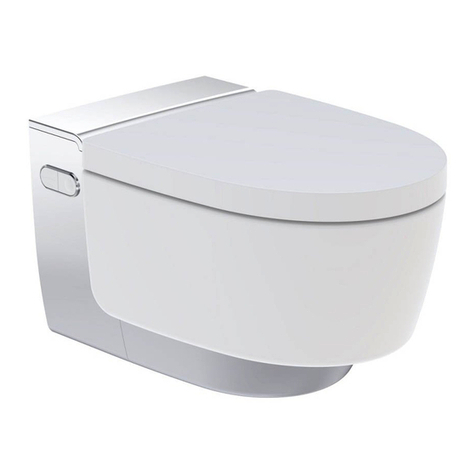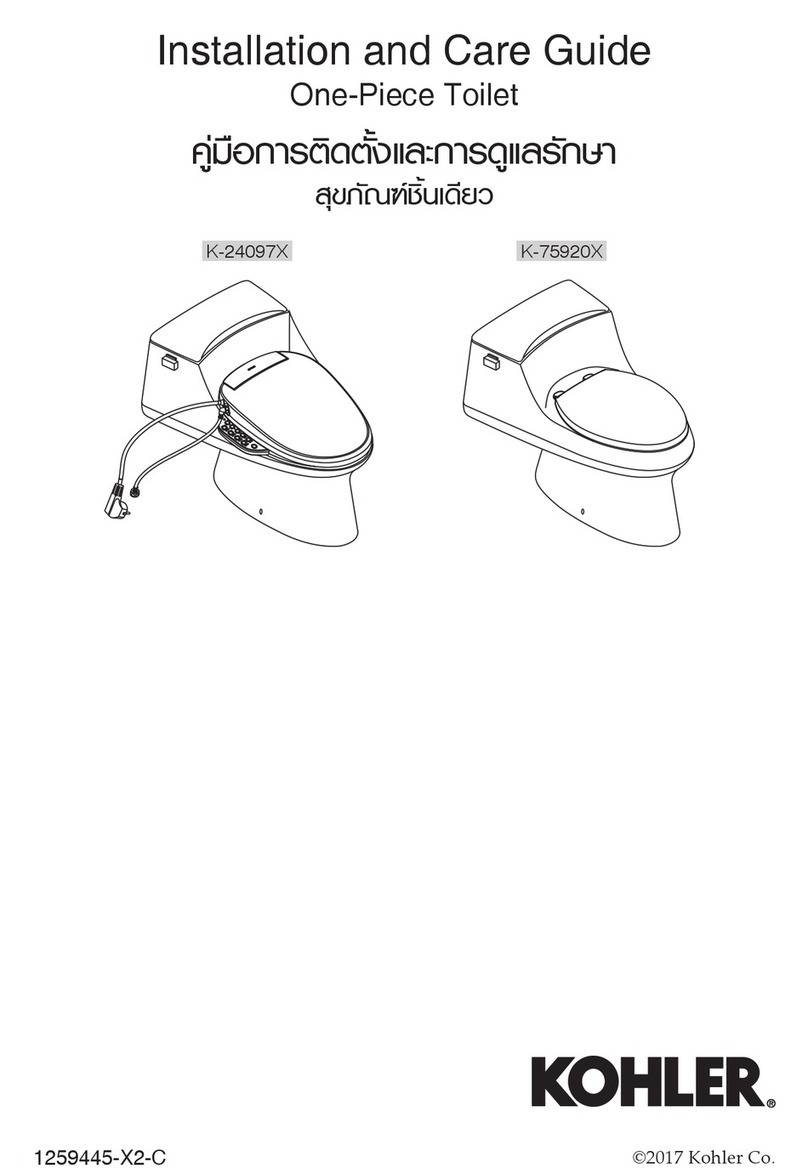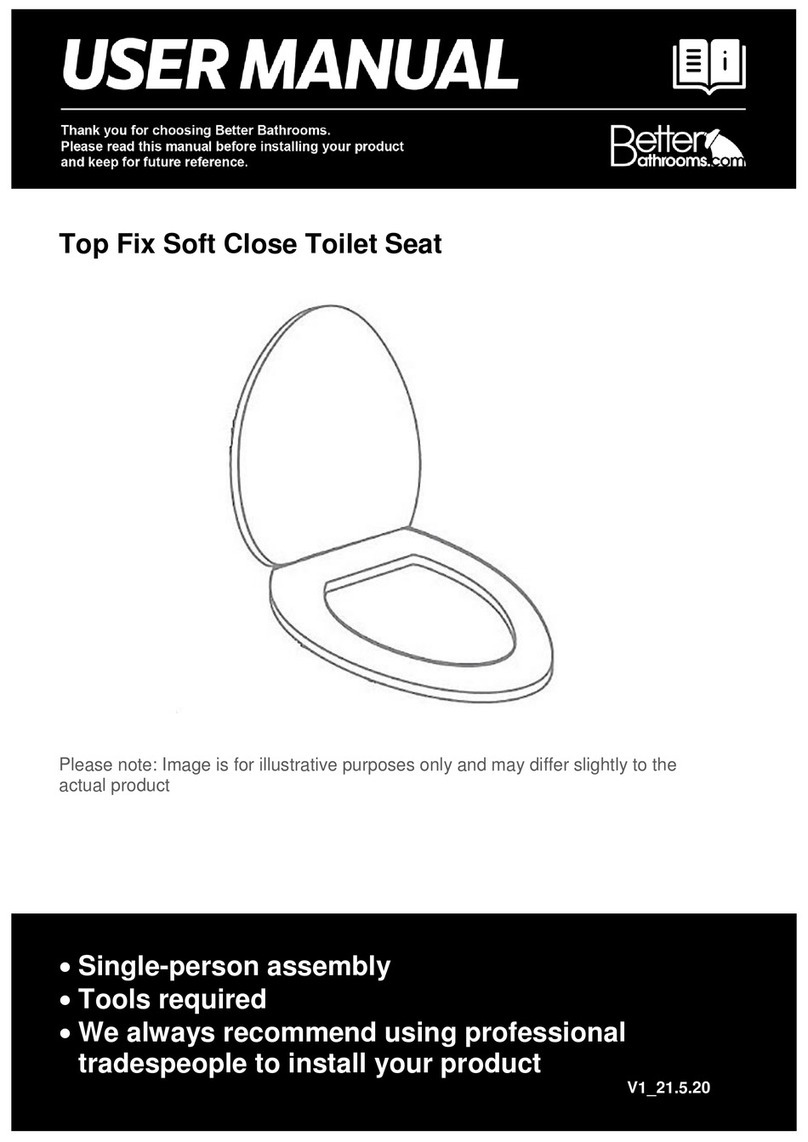Separett Villa 9210 User manual
Other Separett Toilet manuals
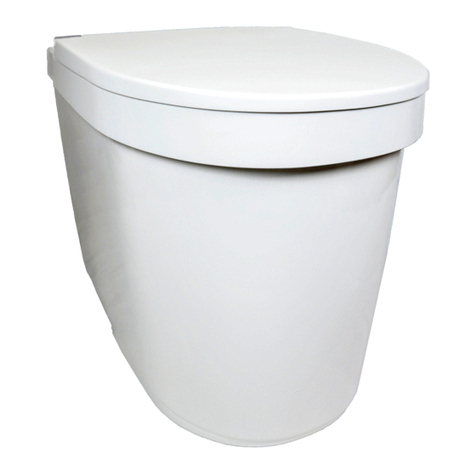
Separett
Separett Tiny 1271-01 User manual
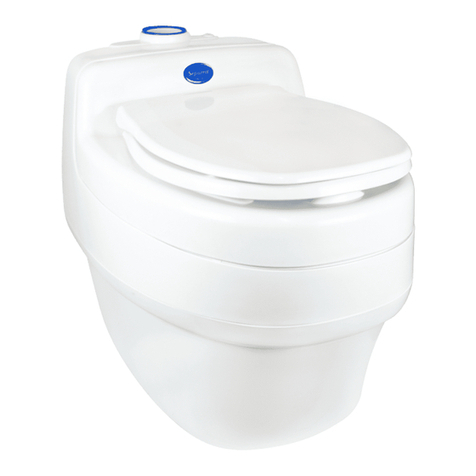
Separett
Separett Villa 9000 Configuration guide

Separett
Separett FREEZE 2200 User manual
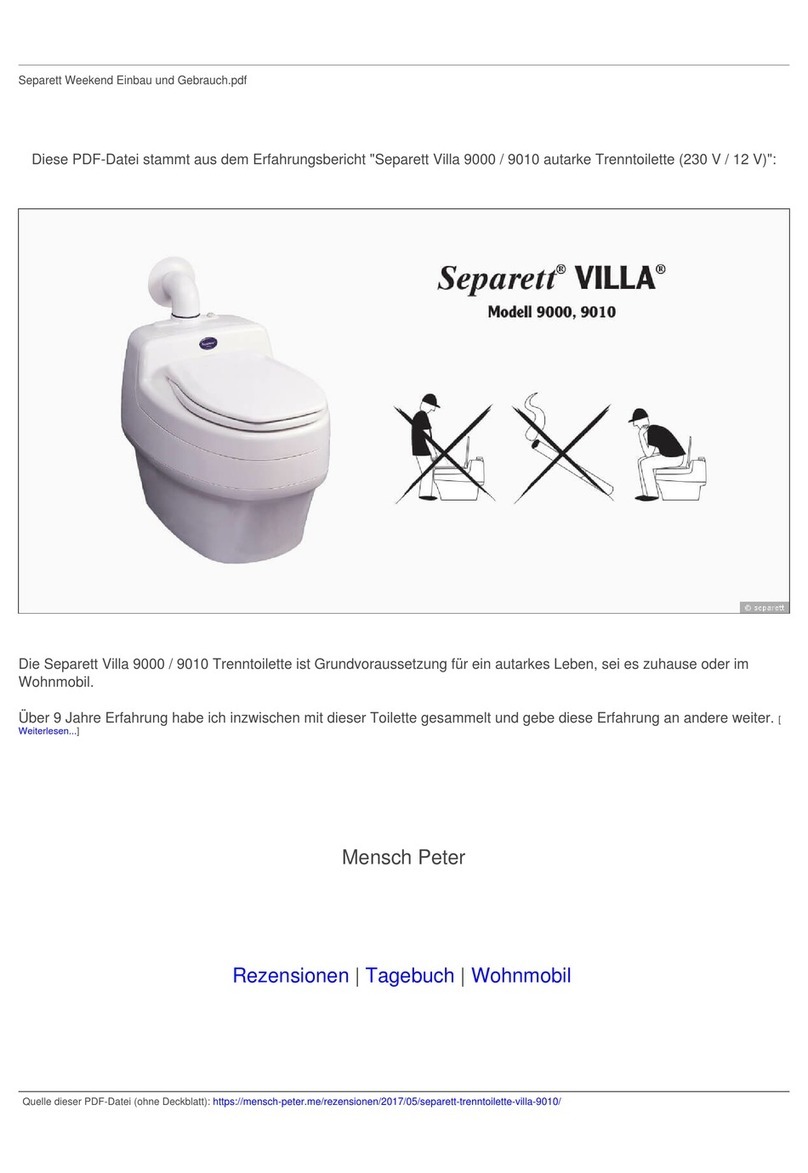
Separett
Separett Villa 9000 User manual

Separett
Separett FLAME 8000 User manual
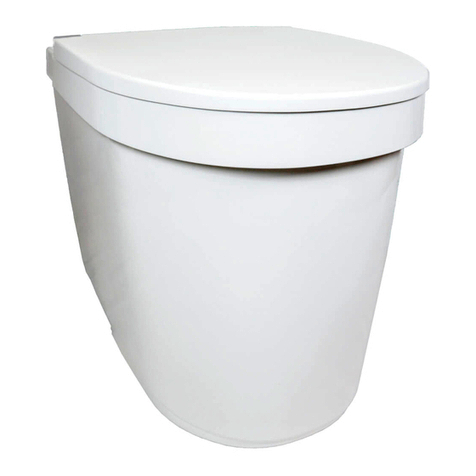
Separett
Separett Tiny User manual
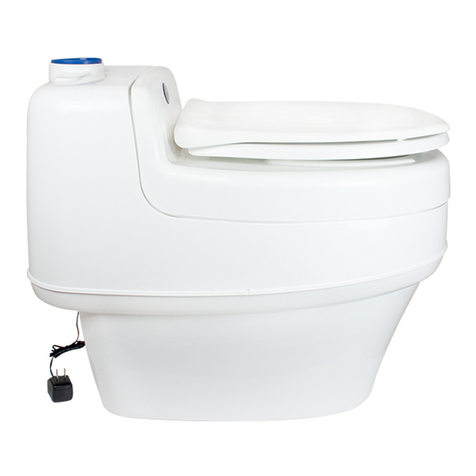
Separett
Separett Villa 9210 User manual

Separett
Separett VILLA User manual
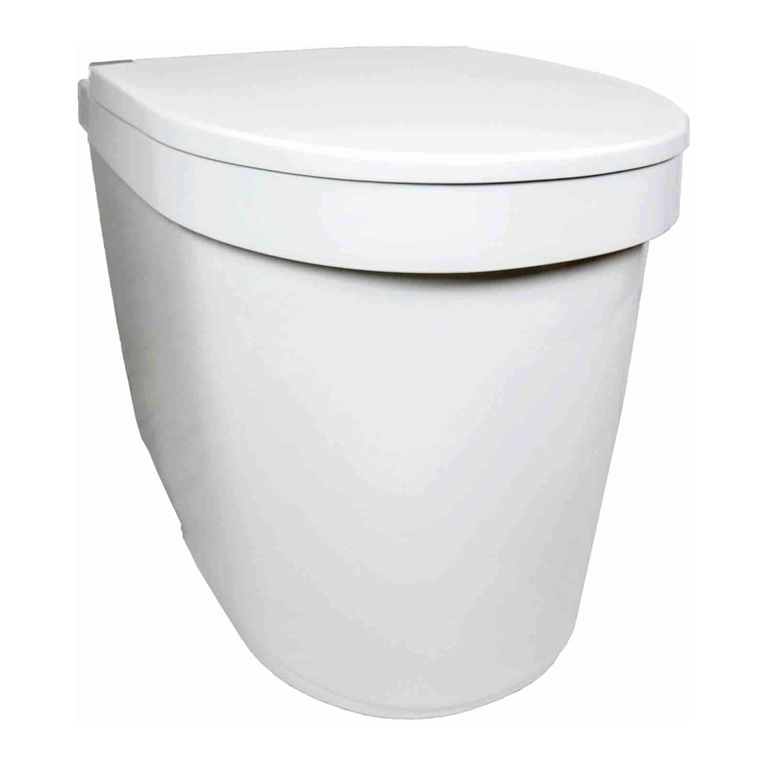
Separett
Separett Tiny 1270-01 User manual
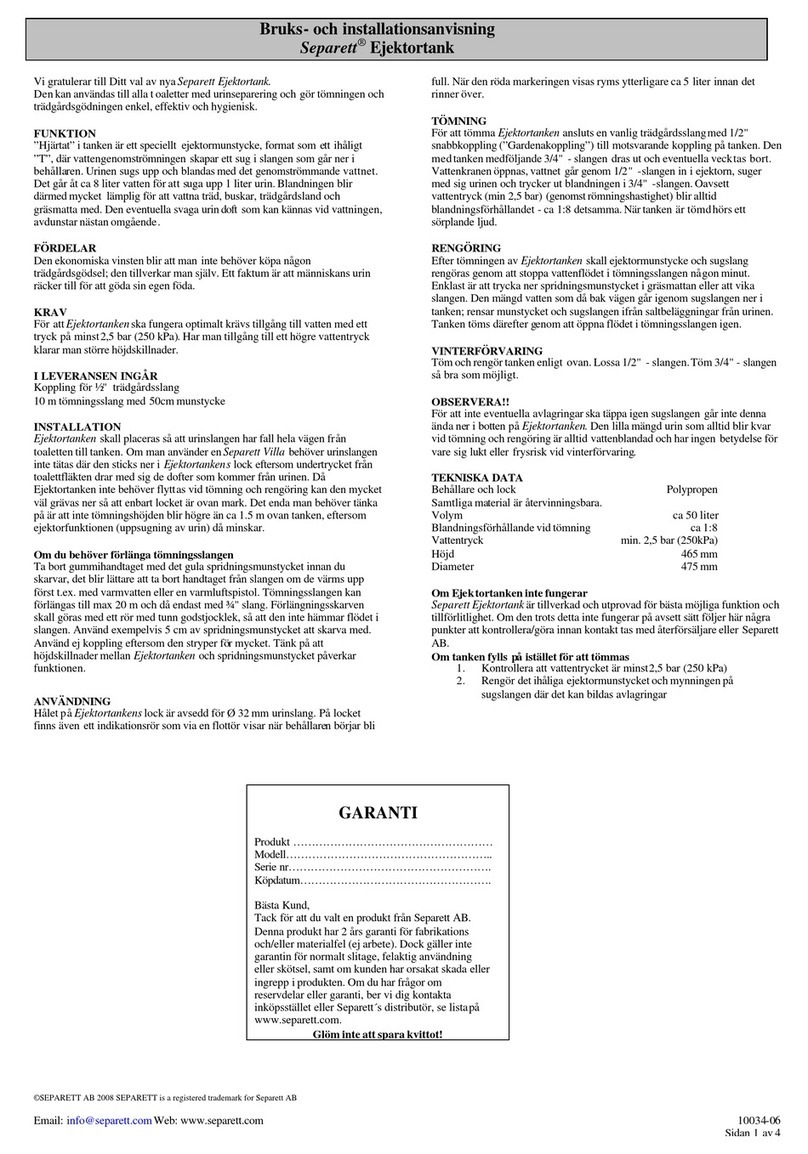
Separett
Separett Ejektortank User manual

Separett
Separett Tiny 1270-01 User manual

Separett
Separett VILLA 9020 User manual

Separett
Separett Family Operating manual

Separett
Separett Tiny 1271-01 User manual
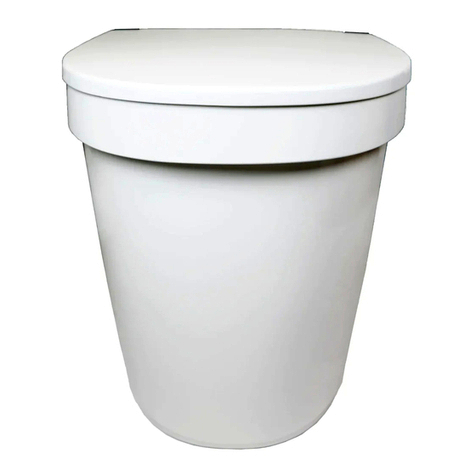
Separett
Separett Tiny 1270 User manual
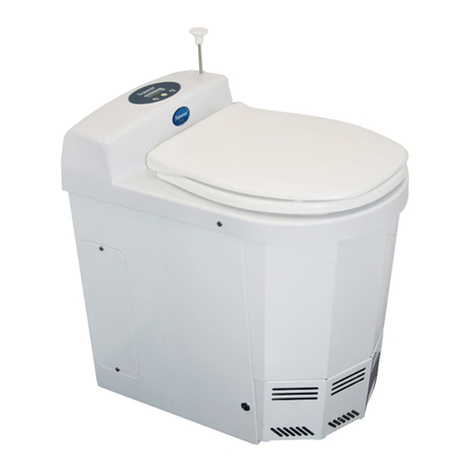
Separett
Separett FLAME 8000 User manual
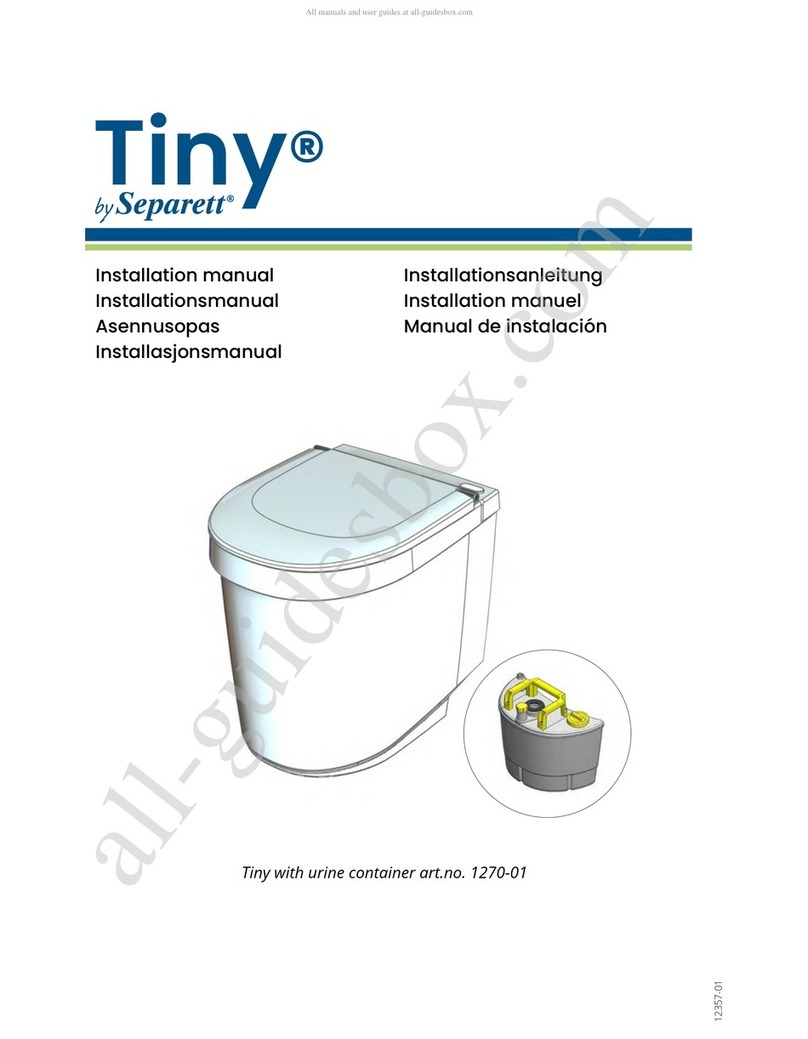
Separett
Separett Tiny 1270-01 User manual

Separett
Separett PEE Series Guide

Separett
Separett VILLA 9011 Instruction manual
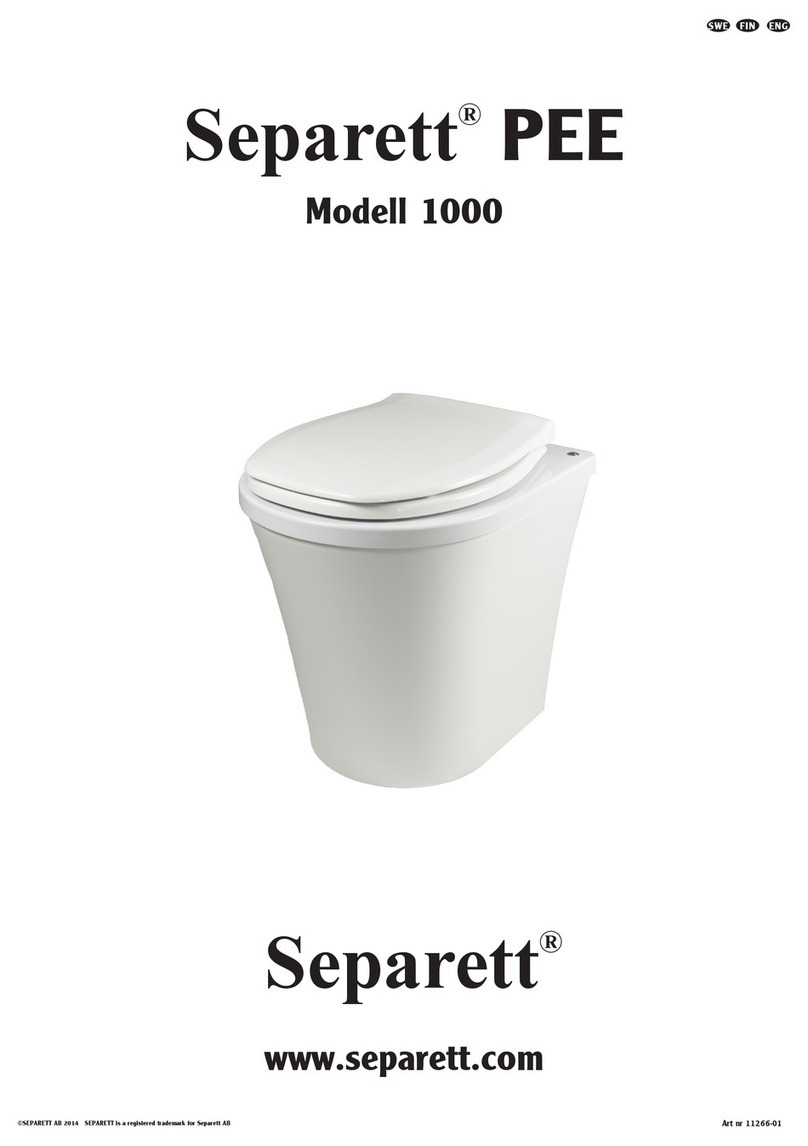
Separett
Separett PEE 1000 User manual
Popular Toilet manuals by other brands

American Standard
American Standard CONCEPT Cube TF-2704 installation manual
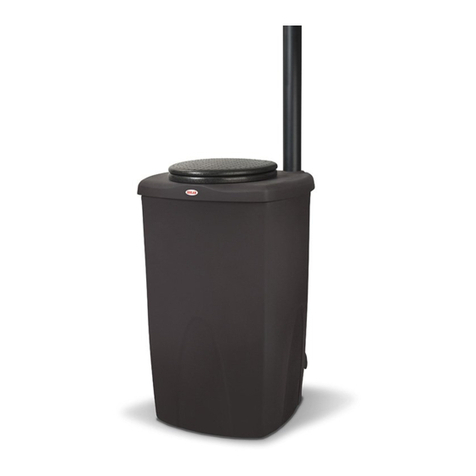
BIOLAN
BIOLAN ECO Instructions for installation, use and maintenance
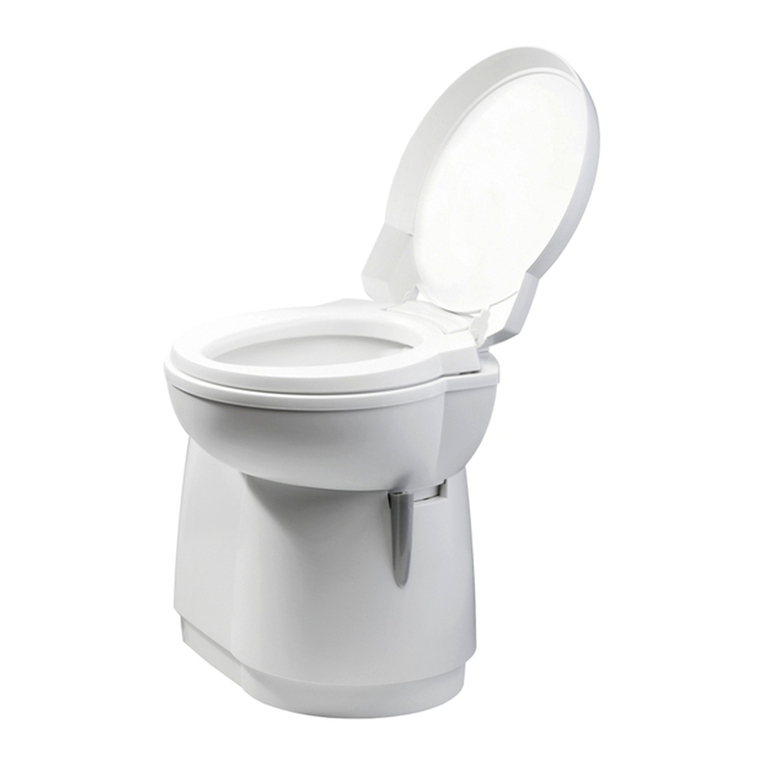
Thetford
Thetford C260 Series user manual
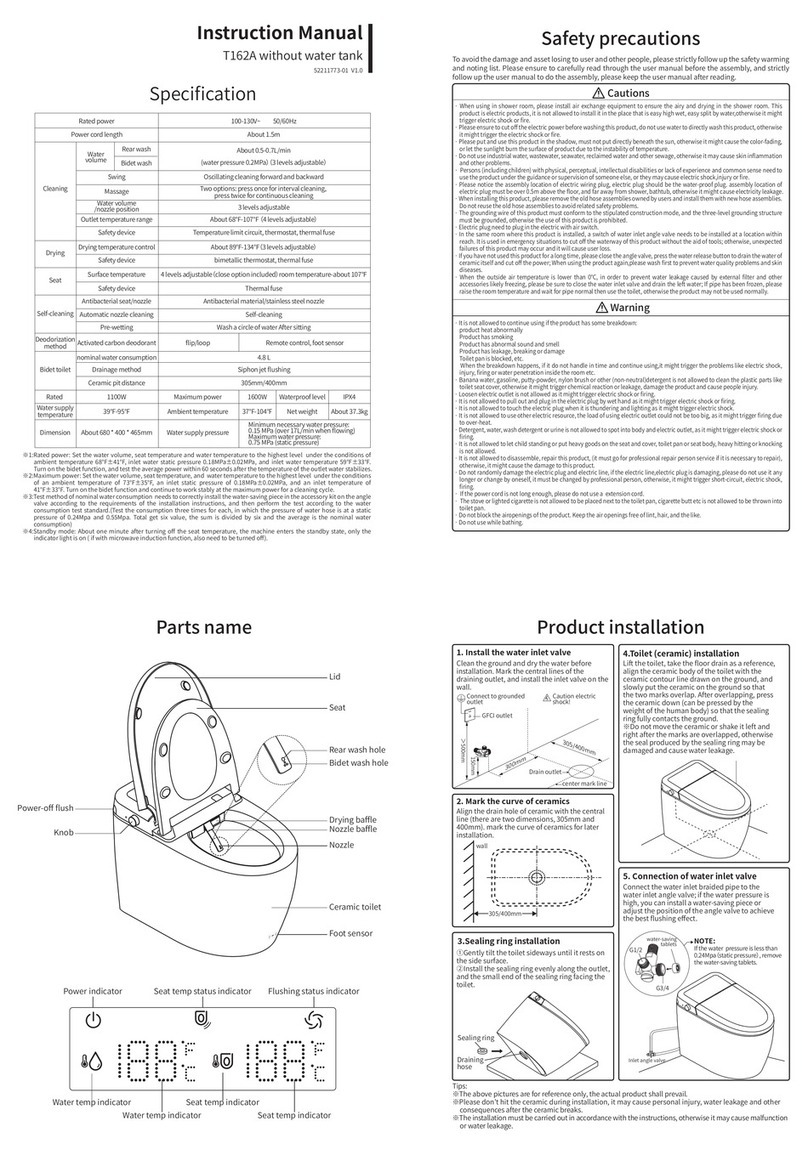
KELISS
KELISS T162A Series instruction manual
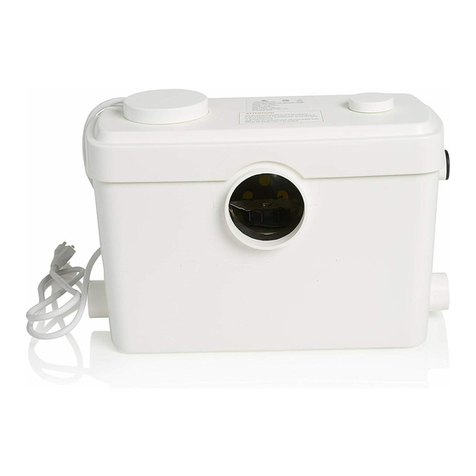
Silent Venus
Silent Venus SVP600 Installation & maintenance
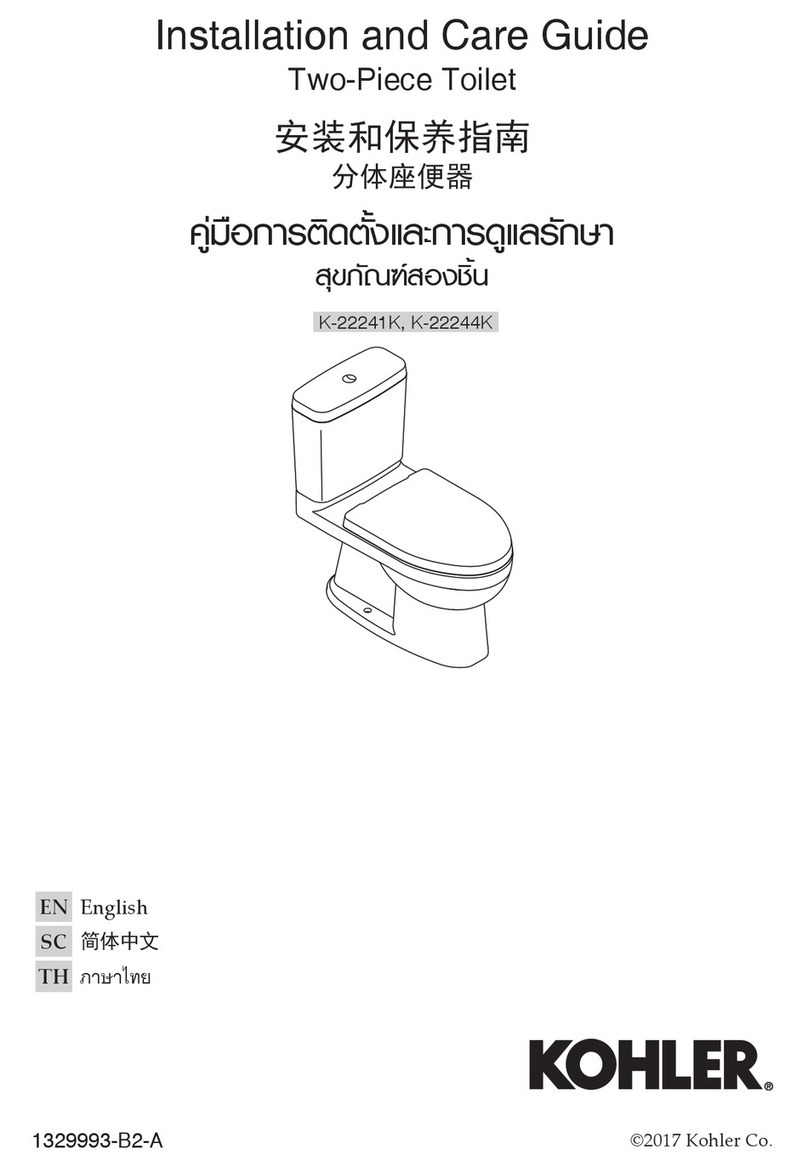
Kohler
Kohler K-22241K Installation and care guide





